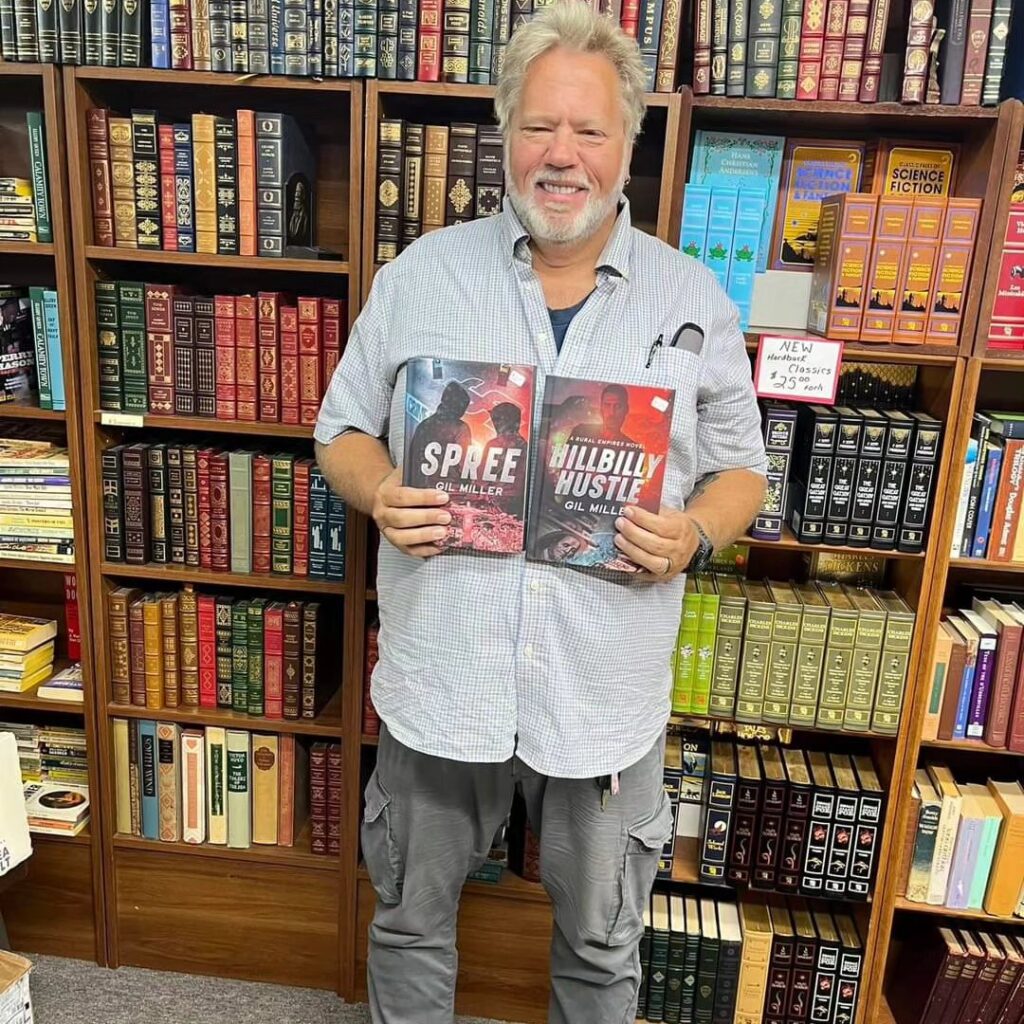One of the things that writers always want to talk about with other writers is their process—how we do what it is we do. Partly, we wonder if we can learn something from how others do things, and I have to admit that I have, which we’ll get to in a moment.
But also, it’s pure curiosity, because we’re all individuals, and there are as many processes as there are writers. Of course, there are generalities. Some of us are outliners, others discover the story as we go. I’m one of the latter. I’ve tried outlining. The only one I ever completed had a lot of help from a friend, and I haven’t been able to finish the story yet. It’s like my brain figures I’ve written it. No need to go back.

And recent attempts to learn to outline on my own have failed as well. I couldn’t finish them. My first draft is my outline.
But how do I actually write?
I’ve been taking a break recently, but my routine goes something like this: since I have to be at work by 6:30 in the morning, I get up a little after 4:00, grab some coffee, and then write till somewhere around 5:00. Depending on how that goes, I get in anywhere from 500 to a little over 1,000 words. On the good days I don’t want to stop. On the bad ones I wonder if I’ll ever learn how to do this. Most days fall in between, though, and I go to work with a sense of accomplishment.
I had to come up with this routine because my day job is physically demanding, and since I usually work till somewhere around 4:00 p.m., I’m simply too tired to think about doing much in the way of creating by the time I get home. So, I get up far earlier than I’d prefer in order to write. Fellow BWS member Marlon Hayes has to do most of his writing on weekends because he puts in too many hours at his day job—which, if I’m not mistaken, is actually a night job—to write during the week.
This is not my ideal, though, and this is where I’ve learned something interesting from other writers. My routine used to be that I would first read what I’d written the day before. While doing so, I would polish and edit that bit, and it also put me back into the story. In my new routine, I don’t have time for that, so I’ve learned to dive right back in.
What’s interesting is that, in the last few months, I’ve discovered that Dean Koontz uses the same routine as I used to. And since that editing is so important, I want to get into a new process where I do that read-through/edit the night before. I suspect it will help with the creative process as well, because it will give what Stephen King calls the boys in the basement time to come up with new material.
Did you notice something though? There’s no fairy dust, no wand waving. While writing can feel magical, the bottom line is there’s only one universal way to write: butt in chair. The details differ, but the overall process consists of one thing—writing.
So if you’re hoping to learn some magical formula, you just have. Sit down. Write. That’s the only way to get it done.
Happy writing.
